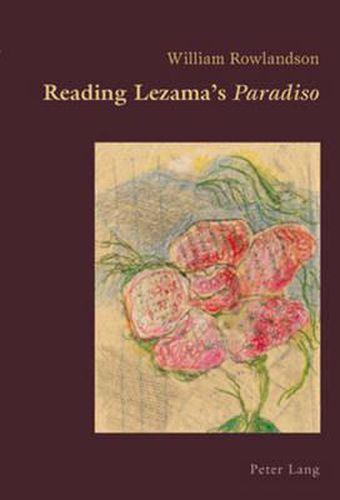Readings Newsletter
Become a Readings Member to make your shopping experience even easier.
Sign in or sign up for free!
You’re not far away from qualifying for FREE standard shipping within Australia
You’ve qualified for FREE standard shipping within Australia
The cart is loading…






This book focuses on the novel Paradiso of Cuban author Jose Lezama Lima (1910-1976), and in particular on the protagonist Jose Cemi. It examines the development of Cemi according to the three distinct phases detailed by Lezama: the ‘placentario’ world of family protection, the awakening to the exterior world and the subsequent friendships made, and the eventual encounters with Oppiano Licario. Cemi’s progression, and his growing ability to interpret and create texts, is analysed as analogous to the reader’s progression through the novel. In this respect, both the reader and Cemi are obliged to interpret the complex symbolism according to interpretative skills acquired from the text itself. In a similar fashion, the connection between Cemi’s ‘guide’ Licario, and the author Lezama is investigated. By exploring these connections between reader and protagonist, author and character, the author of this work suggests a radical and hitherto unexplored approach to the text of Lezama.
$9.00 standard shipping within Australia
FREE standard shipping within Australia for orders over $100.00
Express & International shipping calculated at checkout
This book focuses on the novel Paradiso of Cuban author Jose Lezama Lima (1910-1976), and in particular on the protagonist Jose Cemi. It examines the development of Cemi according to the three distinct phases detailed by Lezama: the ‘placentario’ world of family protection, the awakening to the exterior world and the subsequent friendships made, and the eventual encounters with Oppiano Licario. Cemi’s progression, and his growing ability to interpret and create texts, is analysed as analogous to the reader’s progression through the novel. In this respect, both the reader and Cemi are obliged to interpret the complex symbolism according to interpretative skills acquired from the text itself. In a similar fashion, the connection between Cemi’s ‘guide’ Licario, and the author Lezama is investigated. By exploring these connections between reader and protagonist, author and character, the author of this work suggests a radical and hitherto unexplored approach to the text of Lezama.